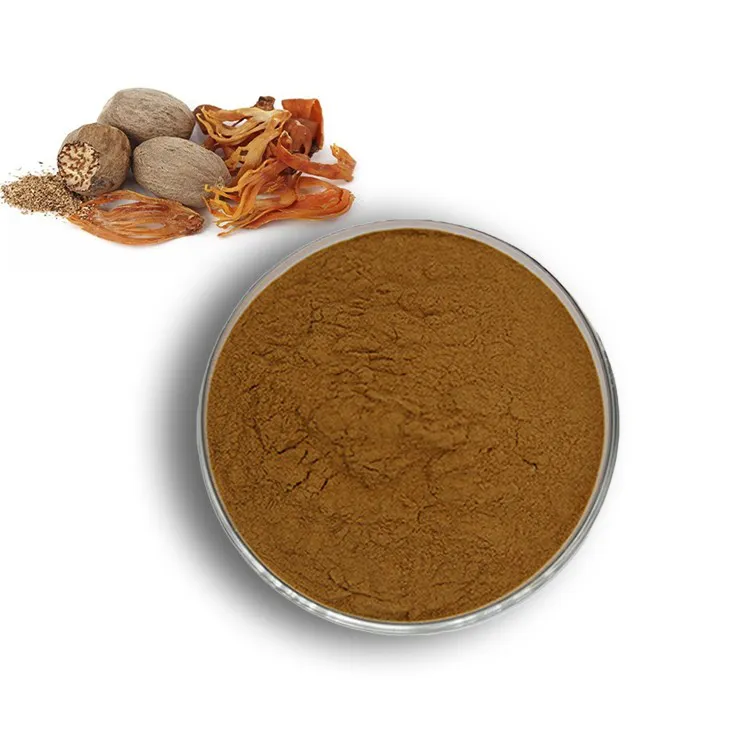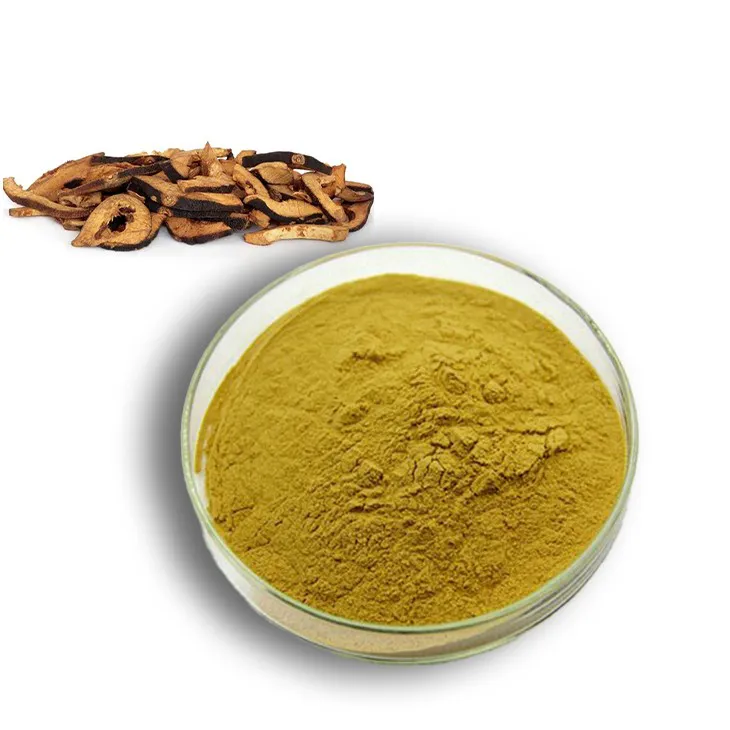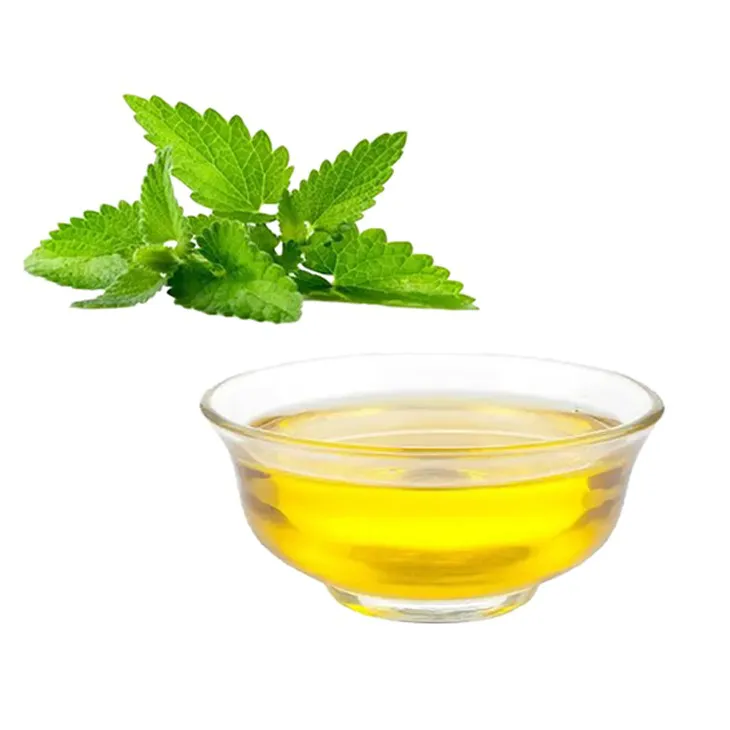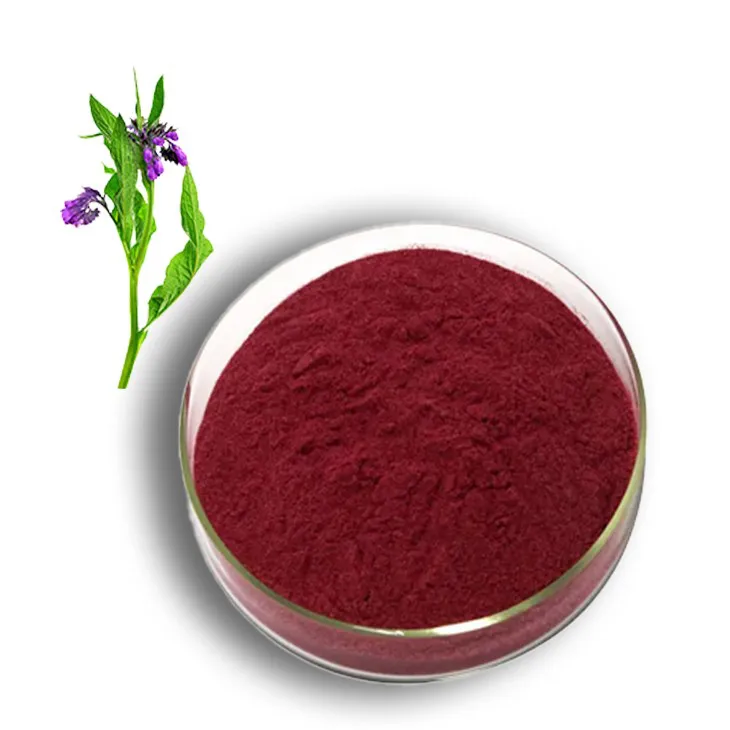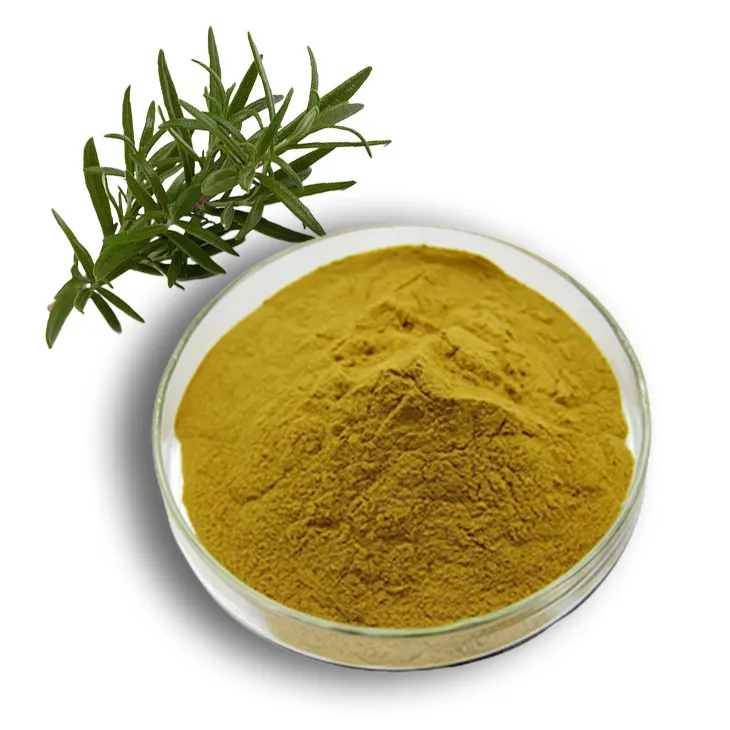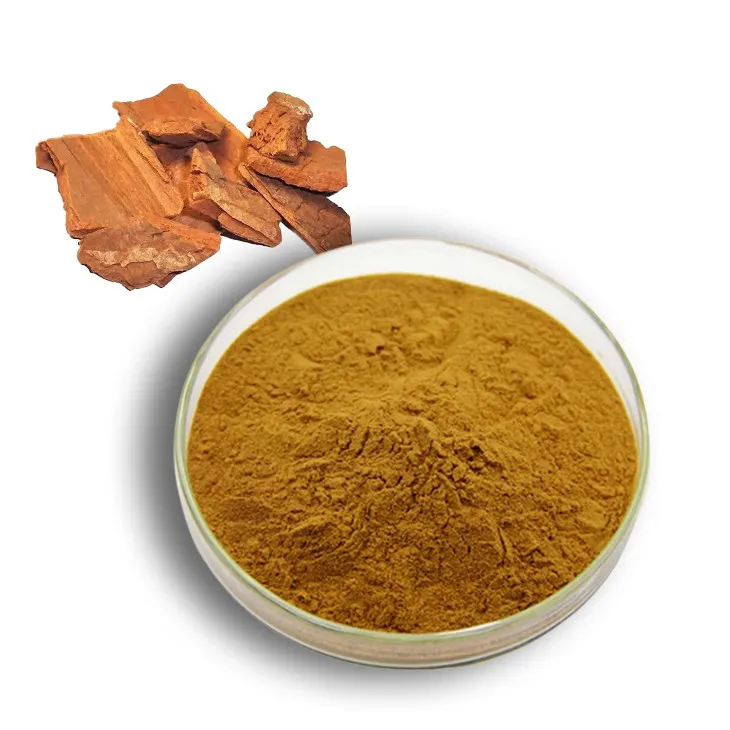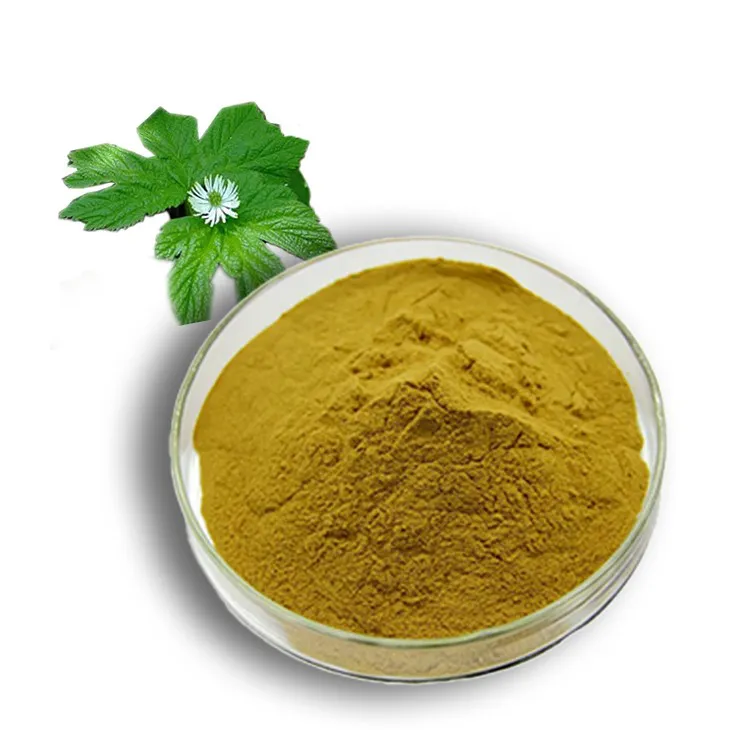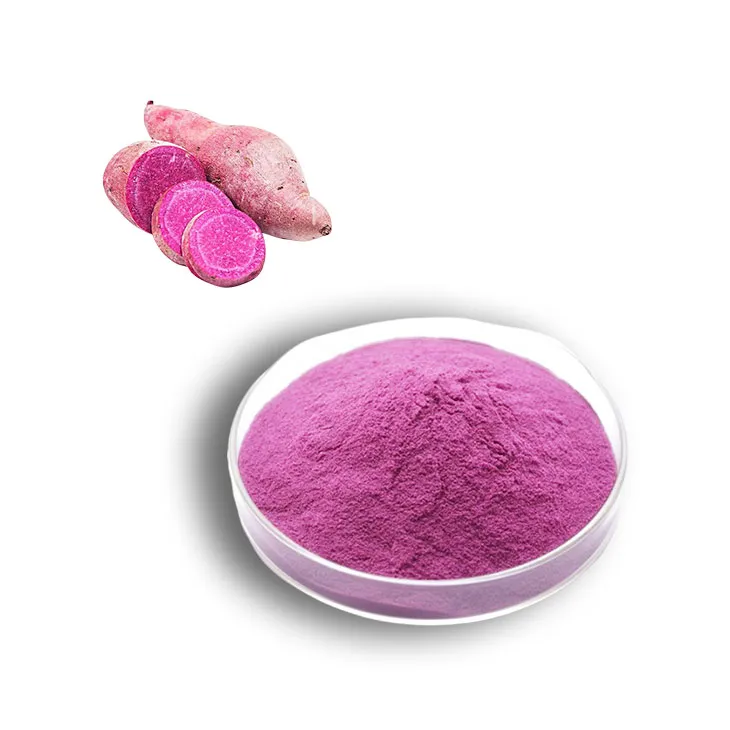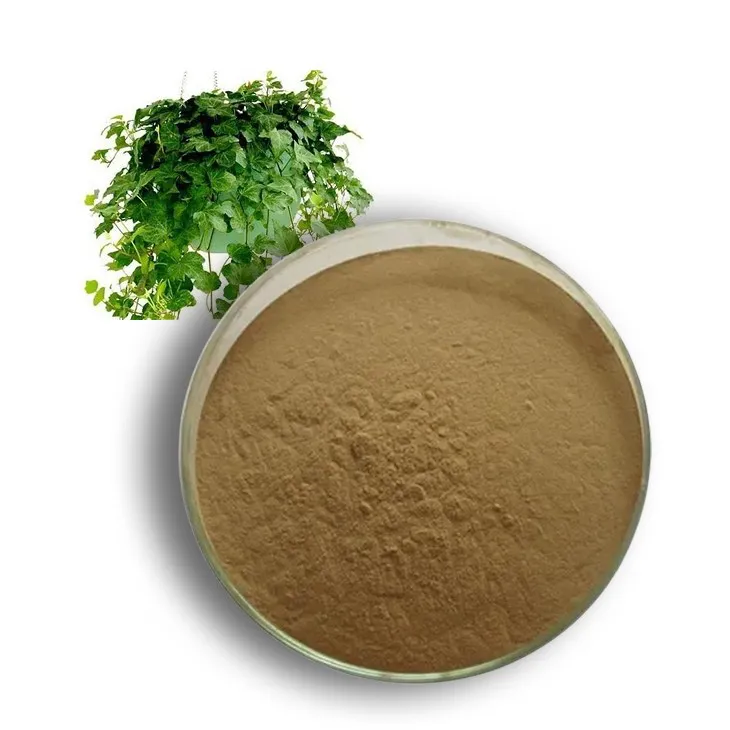- 0086-571-85302990
- sales@greenskybio.com
Plant Extracts vs. Purified Compounds: Which is a Superior Choice for Health and Wellness?
2025-07-20
In the realm of health and wellness, plant-derived substances have captured significant interest due to their potential therapeutic benefits and natural origin. Consumers seeking health solutions often face the choice between using whole plant extracts or opting for purified compounds derived from these plants. Both options offer distinct advantages, yet they also come with respective limitations. This article explores the differences between plant extracts and purified compounds, examining which may be more suitable based on various health and wellness objectives.
The Foundation of Plant-Based Medicine
Plants have long been utilized in traditional medicine systems across cultures. They are known to contain a complex mixture of bioactive compounds, including alkaloids, flavonoids, phenolics, and terpenes, among others. These compounds contribute to the therapeutic effects observed when utilizing plant-derived remedies.
Advances in scientific research have allowed for the isolation and purification of individual compounds, spurring the development of modern pharmaceuticals and supplements. This evolution has, in turn, sparked discussion regarding whether it's more effective to consume the whole plant extract or to use only its purified active components.
Understanding Plant Extracts
Plant extracts are concentrated plant materials formed through the extraction of bioactive phytochemicals in solvents such as water or alcohol. These extracts contain a wide range of natural compounds present in the original plant material, working synergistically to offer therapeutic benefits.
Advantages of Plant Extracts:
1. Synergistic Effects: Plant extracts contain a variety of compounds that work together, potentially enhancing the overall therapeutic effect. This synergy among different compounds may improve efficacy and reduce the likelihood of side effects.
2. Broad Spectrum Benefits: A single plant extract can offer multiple health benefits, serving more than one therapeutic purpose due to the diversity of compounds present. For instance, a herbal extract could exhibit antioxidant, anti-inflammatory, and analgesic properties concurrently.
3. Holistic Approach: Many advocates of holistic medicine argue that using the entire plant extract aligns better with traditional healing philosophies that emphasize natural balance and compatibility with the human body.
4. Rich Nutrient Profile: Whole extracts often provide a breadth of nutrients, including vitamins and minerals, that can complement the therapeutic effects of the primary active compounds.
Limitations of Plant Extracts:
1. Variability: The composition of plant extracts can vary significantly based on factors such as plant genetics, growing conditions, and extraction methods. This variability can affect consistency and potency.
2. Complexity: Identifying specific active components and their exact contributions within complex mixtures can be challenging, complicating the understanding and prediction of therapeutic effects.
Exploring Purified Compounds
Purified compounds are isolated single molecules derived from plant extracts. These are often preferred in pharmaceutical application due to their precise dosage control and well-understood mechanisms.
Advantages of Purified Compounds:
1. Consistency and Precision: Pharmaceutical-grade purified compounds offer consistent quality and precise control over dosage, maximizing efficacy and safety.
2. Clinical Validation: Purified compounds are more amenable to rigorous scientific research, with their effects often extensively studied and backed by clinical trials.
3. Targeted Action: Specific health issues can be addressed with targeted interventions, ensuring that an active compound is used at its optimal concentration for a particular therapeutic effect.
4. Regulatory Approval: The standardization of purified compounds aligns with regulatory expectations for new drug approvals, potentially enhancing confidence in their use.
Limitations of Purified Compounds:
1. Loss of Synergy: By isolating a single compound, potential synergistic interactions with other plant constituents are often lost, possibly decreasing overall efficacy or introducing side effects.
2. Limited Scope: While purified compounds can be highly effective for specific indications, they may not offer the broad spectrum of benefits that whole extracts provide.
Choosing Between Plant Extracts and Purified Compounds
The decision to use plant extracts versus purified compounds depends on several factors, including the individual's health goals, the specific condition being treated, and personal preferences.
1. Broader Health Goals: For those seeking overall wellness or addressing multiple issues simultaneously, plant extracts may be preferable due to their comprehensive range of benefits and potential synergies.
2. Specific Conditions: For treating specific health conditions with clear, targeted solutions, purified compounds might be the better option, especially when supported by clinical evidence.
3. Safety and Tolerance: Individuals with sensitivities to herbal products may prefer purified compounds to avoid unforeseen interactions and ensure a more predictable response.
4. Regulatory and Professional Guidance: Consulting healthcare providers can offer insights into which option may align best with one's health needs, considering potential interactions and contraindications.
Conclusion
In conclusion, both plant extracts and purified compounds present unique advantages for health and wellness, and their utility largely depends on the context of use. While plant extracts offer holistic and synergistic benefits with a broad nutrient profile, purified compounds provide precision, consistency, and extensive clinical backing. As the demand for natural health solutions continues to rise, understanding these differences empowers consumers to make informed choices, ultimately aligning well-being approaches with individual health objectives and personal philosophies.
- ▶ Hesperidin
- ▶ Citrus Bioflavonoids
- ▶ Plant Extract
- ▶ lycopene
- ▶ Diosmin
- ▶ Grape seed extract
- ▶ Sea buckthorn Juice Powder
- ▶ Fruit Juice Powder
- ▶ Hops Extract
- ▶ Artichoke Extract
- ▶ Mushroom extract
- ▶ Astaxanthin
- ▶ Green Tea Extract
- ▶ Curcumin
- ▶ Horse Chestnut Extract
- ▶ Other Product
- ▶ Boswellia Serrata Extract
- ▶ Resveratrol
- ▶ Marigold Extract
- ▶ Grape Leaf Extract
- ▶ New Product
- ▶ Aminolevulinic acid
- ▶ Cranberry Extract
- ▶ Red Yeast Rice
- ▶ Red Wine Extract
-
Nutmeg Extract
2025-07-20
-
Garcinia Cambogia Extract
2025-07-20
-
Citrus Aurantium Extract
2025-07-20
-
Peppermint Oil
2025-07-20
-
Shikone Extract
2025-07-20
-
Rosemary extract
2025-07-20
-
Yohimbine Bark Extract
2025-07-20
-
Golden Seal Extract
2025-07-20
-
Purple Sweet Potato Extract
2025-07-20
-
Ivy Extract
2025-07-20











